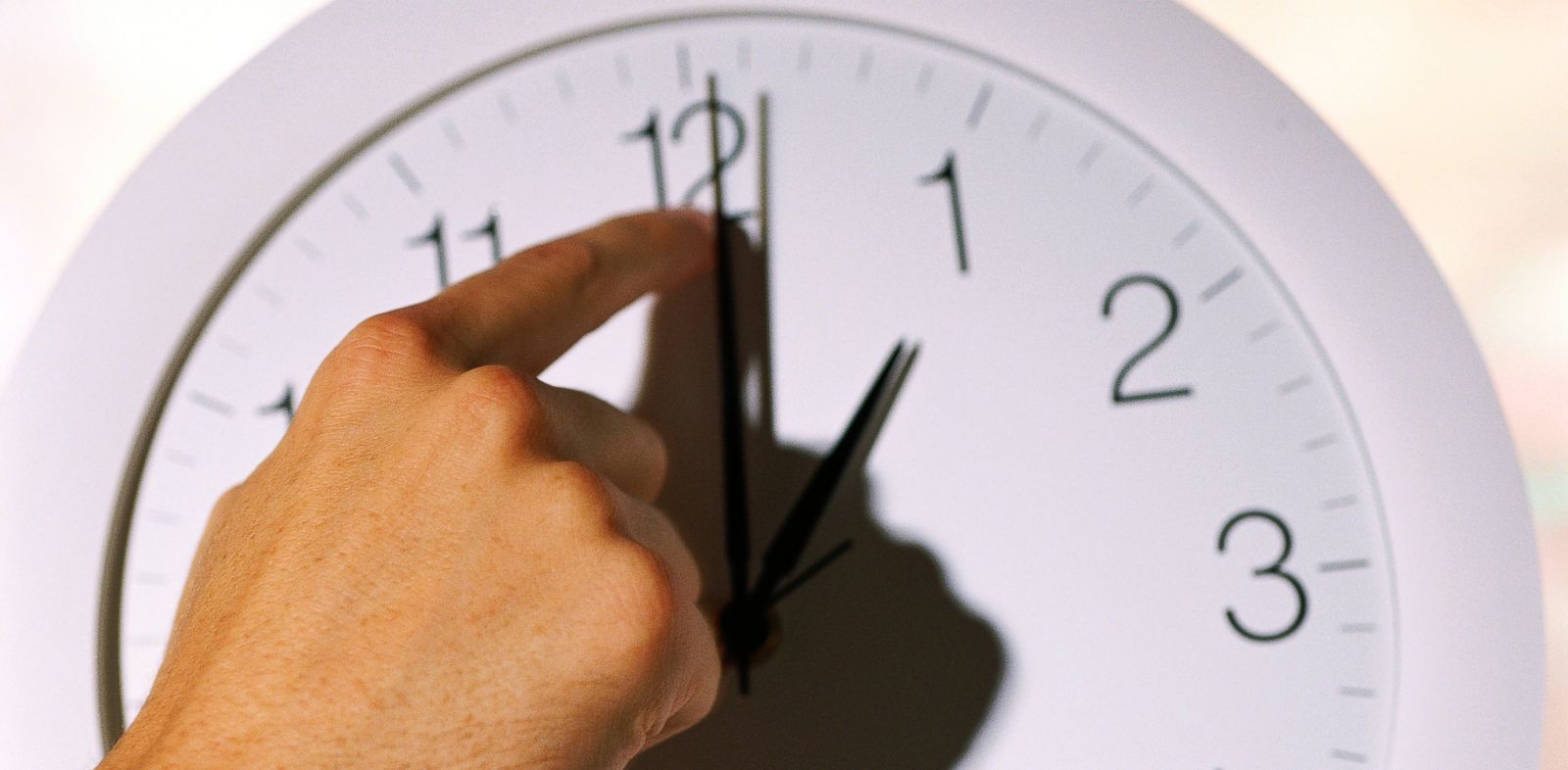
temporarily switched to year-round DST in an attempt to save fuel during an energy crisis.

A bit of history should clear up any uncertainty, though. Polls clearly indicate that Americans want to stop changing clocks twice a year, but they are less clear on the question of which time system to go with year-round. People prone to seasonal depression, late risers, parents of schoolchildren, and people who time prayers around sunrise all come at this question from different places. This is a rare political issue on which people’s views aren’t predicted solely by their party affiliation but rather by a chaotic stew of geography, taste, and life circumstances.

People differ on which of these they find more appealing: Some favor brighter summer evenings, while others would happily trade them for brighter winter mornings. Switching to year-round standard time produces the opposite effect: On the longest day of the year, for instance, the sun would rise in New York City preposterously early, a little before 4:30 a.m., and set around 7:30 p.m. or later in New York City, Chicago, and San Francisco, or until 9 a.m. Making DST year-round would yield later sunsets in autumn and winter, and during a bleak stretch of dark mornings, sunrise wouldn’t come until 8:15 a.m. Standard time is actually a misnomer because America is now on it for less than half the year, from early November to mid-March DST, which originated as a temporary energy-saving measure in World War I, is today in effect for nearly eight months, except in Hawaii and most of Arizona, which have opted out. Read: The family that always lives on daylight saving time No arrangement would make everyone happy, but of the three available options-our current system, permanent DST, or permanent standard time-the Senate is proposing what seems to be the worst one. Its fate is uncertain-President Joe Biden hasn’t taken a stance on it, and the issue may be less salient if and when the House addresses it, which could end up being weeks or months from now.Īlthough Rubio’s framing is savvy in the sense that changing clocks is unpopular, it’s not clear that scrapping the current system would be better for society on the whole. “If we can get this passed, we don’t have to do this stupidity anymore,” said Senator Marco Rubio of Florida, a sponsor of the bill. In fact, the timing of the bill was deliberate: Switching to permanent DST has gained support in state legislatures in recent years, and the bipartisan group backing the Senate bill wanted to capitalize on Americans’ fresh frustration about the time change.

On Tuesday, they passed a bill that would make DST permanent-as in, no more clock changes-starting late next year. But unlike most Americans, they could do something about it. Last week, like most Americans, the country’s senators stumbled into Monday morning after a jarring weekend transition to daylight saving time, or DST.


 0 kommentar(er)
0 kommentar(er)
